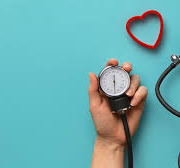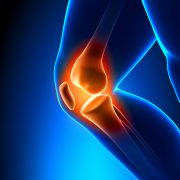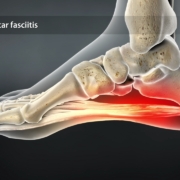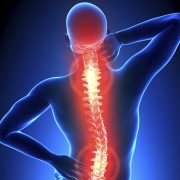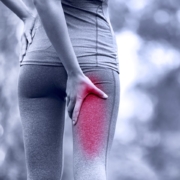Breaking the cycle of chronic pain
Breaking the cycle of chronic pain.
What is chronic pain?
Upto one in five Canadian adults suffer from chronic pain. It also affects one in five people globally and is the primary reason people seek medical treatment. In most cases, chronic pain starts with an acute injury or illness. Sometimes, what can happen, is that even after you’ve healed from an injury, surgery or other conditions, the pain continues. If the pain lasts longer than 3 months it’s then considered chronic pain.
Chronic pain syndrome can then be considered short term pain, or acute pain, that doesn’t go away and has a physical and psychological impact on a person’s life. Chronic pain syndrome often creates secondary complications such as sleep deprivation, depression, irritability and fatigue, affecting a person’s personal and social relationships.
What is Pain?
Pain functions as a warning signal. The nervous system senses danger and responds to it with actions called guarding responses, designed to protect and defend us from further injury or harm.
Muscle tension, decreased range of motion, anxiety, fear of movement, increased sympathetic responses (raised heart rate, increased blood pressure, change in respiration) and a mechanism called low pain threshold (becoming excessively sensitive to pain and minor impulse or stress to the body region cause pain) are all consequences of the guarding response. This is the way the body protects itself from future painful incidents.
In chronic pain, even after the injury has healed, this mechanism remains and continues to affect the body creating a vicious cycle of real pain.
Your Brain and Pain
When we adopt this instinct to guard ourselves against future pain, it actually does the opposite and keeps feeding your pain cycle and increasing symptoms including pain. This guarding mechanism is most likely to occur to those people that view their pain or condition as a threat, rather than something that just is and that in all likelihood can be overcome or at worst worked through towards acceptance and continuing on with life in as normal or your new normal way as possible.
Being extremely apprehensive about your injury and symptoms, avoiding activities believing that that may be harmful, stress and negative emotions are coupled with autonomic, endocrine, and immune responses which may amplify pain through a number of psychophysiological pathways prolonging your “fight or flight” response to the original injury. This will lead to a downward cycle of deconditioning, weakness, muscle spasms and/or tension, increased anxiety and depression.
What can Saanich Physiotherapy and Sports Clinic do to help reverse pain?
Part of our job as physiotherapists and massage therapists is to help you and guide you, our patients, to overcome any fear avoidance behaviour (learned fear), such as fear of movement, by using not only hands-on treatment, dry needling or exercises, to target your injury or pain, but to talk to, explain and assist you in understanding the way that pain and our brain works. We can help you to overcome or negate some of these non-helpful brain responses. By doing this we help you to down-regulate your brains protective response in order to minimise your pain experience.
Working with you in this 1:1 way, taps into your brain and nervous system. Your brain and nervous system is complex. We can work with you to change your neural pathways and learned patterns of thinking and beliefs that in turn produces more of your own natural brain chemicals like endorphins. This resetting and rebalancing, forming positive neural/brain connections, plays a large part in you overcoming your injury or pain experience.
Of course, each individual person is unique and we all come with our own history and life story that also plays a major part in how we experience pain and how we as therapists target your particular treatment. The way we think about our pain and ourselves, how we act and what kind of self-talk we undertake can all play a major role in the way that our Physiotherapists work with you, our patients who suffer from injury, pain, chronic pain, pain sensitivity, learned fear, anxiety, and depression.


